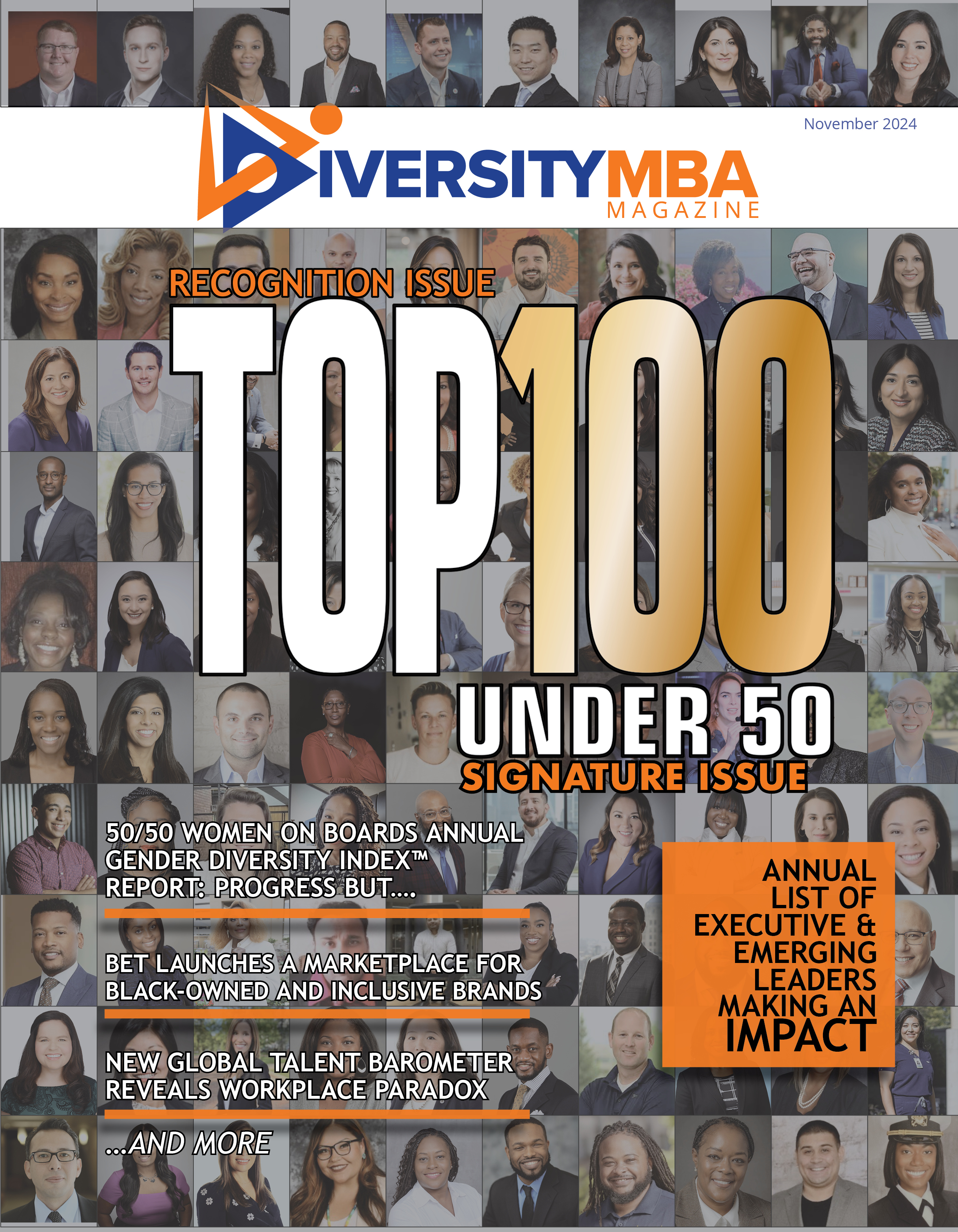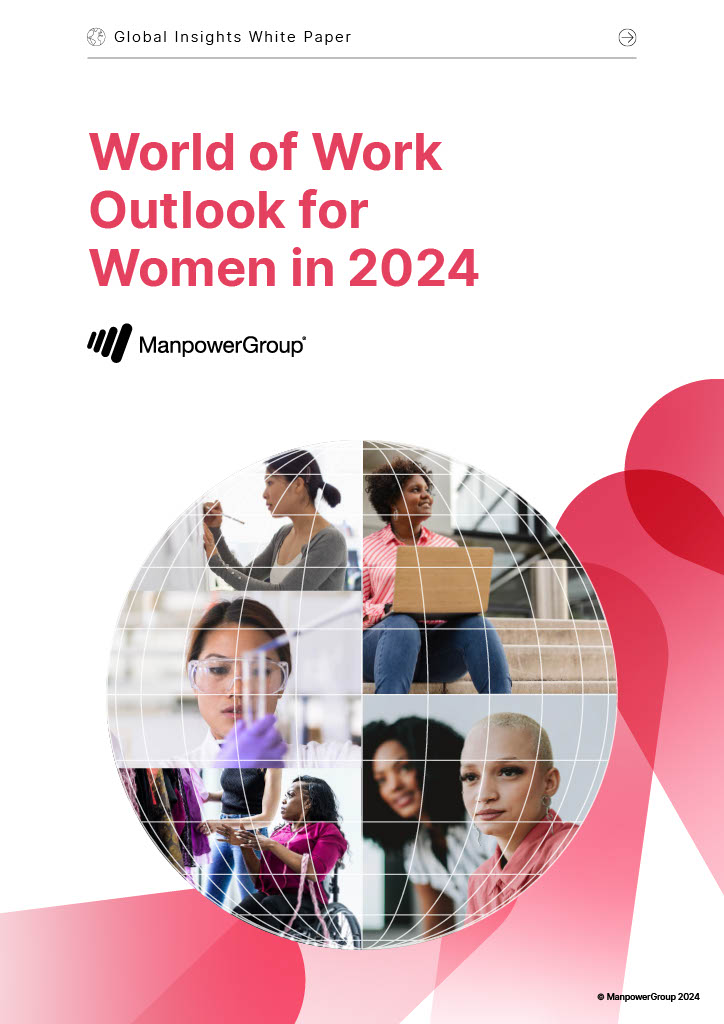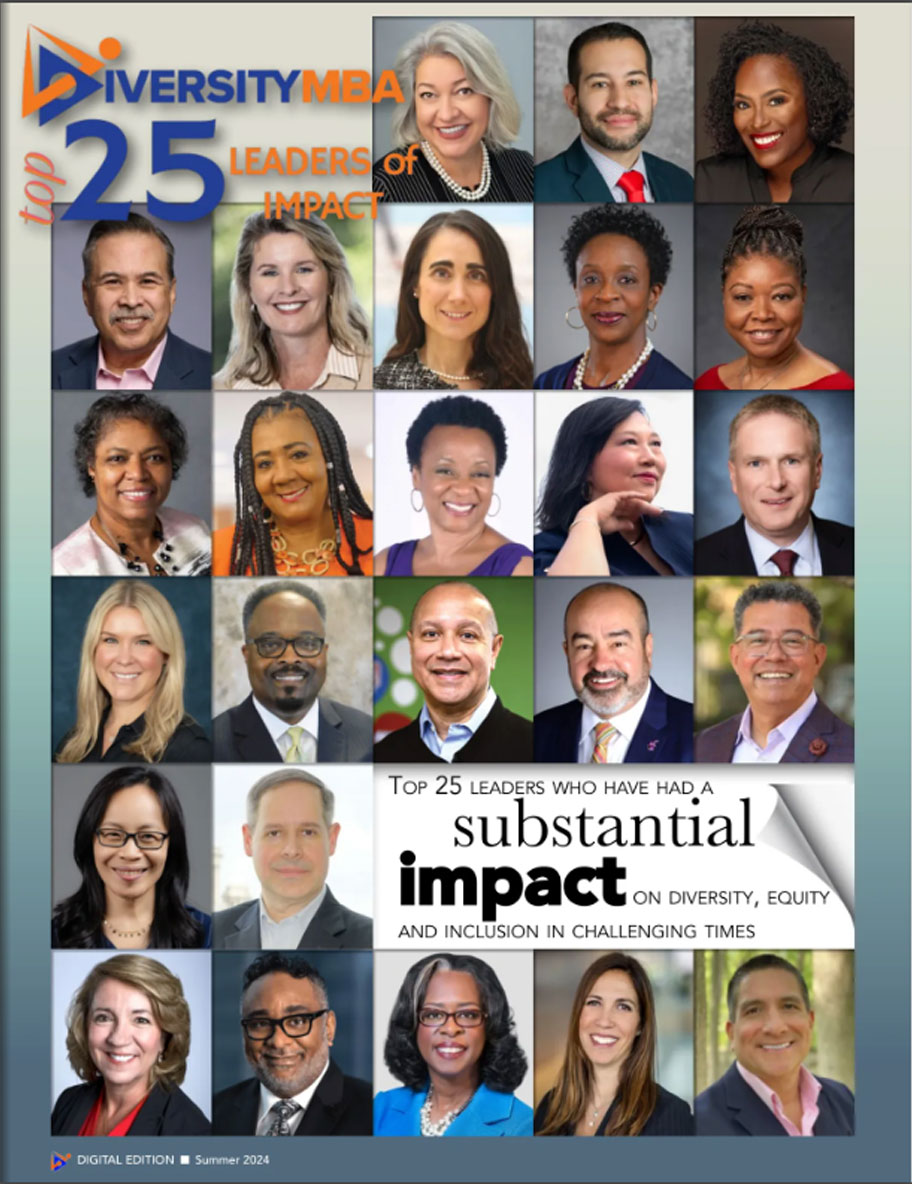by Gia Interlandi
The word “leadership” is everywhere, yet it defies easy definition. Words such as authority and management masquerade as synonyms, but they fail to encapsulate the essential qualities of leadership; to tell us anything about what leadership feels or sounds like. Though there are as many ways to lead, as instruments in an orchestra, common chords help us understand what it means to actually embody the word. Inclusion is one such chord that leadership falls flat without.
At first glance, the act of including others appears a quotidian no-brainer. But it is more than copying everyone on an email. Inclusion is the process of seeking out and embracing uncommon ideas, unique individuals, and challenging situations. There are three inclusive practices that elevate leadership from an amorphous aspiration to a purposeful activity: hearing the critical voice, holding others accountable, and courageously sitting with discomfort.
Hearing the Critical Voice
I often hear from clients and students that group decision-making is overrated. Moving a group toward a consensus can feel sloppy, a frustrating waste of precious time. However, group-decision making can also be a golden moment to seek the voice of the outlier, understand the solution of the dissenter, or uncover a wacky idea with promise. Skilled leaders understand when to take the time to draw out the critical or creative individuals, and when not to.
In preparation for a meeting, effective leaders set unambiguous expectations for behavior and draw respectful boundaries for outcomes without pre-determining solutions. Group decision-making works best when every person in the room feels primed to contribute because the logic of the process and the scope of the work is explicit. Once the process and the people converge, inclusive personal communication skills bring the group home. Techniques such as a simple agenda, paraphrasing ideas, using clearly articulated criteria to evaluate solutions, and assigning roles for divergent thinking blend to uncover a richer solution. Leaders that accommodate dissent and acknowledge the voice of the individual can meaningfully include diverse ideas for the good of the whole.
Hold Others Accountable
Inclusive leaders facilitate a culture in which colleagues care enough to hold each other accountable. That sense of care and personal investment develops from sharing leadership within a group. This means that an individual is prepared to lead at the moment the group needs him or her to lead without constant oversight from the nominal leader. The Chinese philosopher Lao Tzu summarized group accountability well: “A leader is best when people barely know he exists; when his work is done, his aim fulfilled, they will say: ‘We did it ourselves.’”
In the year 2010, those who successfully accomplish group accountability regularly engage in a logical and iterative planning process followed by frequent, appropriate personal feedback. Group members need to know from each other that they are working according to the plan. Done well, this process allows individuals to see their relationship to the whole and recognize the value their contribution. Further, the often under-utilized practice of debriefing a meeting, whether the meeting was a conference call or held in person, exponentially increases a group’s ability to hold themselves accountable.
Sit With Discomfort
According to Jonah Lehrer in his best-selling book How We Decide, the human brain craves certainty. We opt for tried-and-true solutions to avoid the discomfort of a lively debate between the components of our brain. Lehrer explains, “The only way to counteract the bias . . . is for us to pay attention to the data that disturbs our entrenched beliefs.” This means sitting with our own discomfort long enough to uncover its source and explore its dimensions.
Just as an overwhelmed shopper prefers to engage one section of the brain to relieve indecision, a group in an uncertain moment looks to a leader for relief. In the brain as well as in a group, this is not always the best choice. The skilled leader and well-tuned group anticipate uncertainty and use it effectively to sort through problems. Through appropriate silence, honest listening, and patience, a group can recognize and reward the abundance of possible human contribution. Another effective tool to sustain inclusive practices is for each individual to form an uplifting personal vision. When an individual understands himself and articulates his or her own possibility, it is easier to sit with discomfort and see the possibility in others.
Before leadership and its golden attribute, inclusion, end up in the landfill of overused corporate jargon and practice, consider the stakes. The purpose of leadership is to get good work done through the free will and combined effort of many. This takes courage. Courage feeds on inclusive practice which can, in turn, revitalize frail leadership. Our organizations need effective leadership and its partner in practice, inclusion, to flourish.









